In a recent development in the field of artificial intelligence (AI), China has introduced several indigenous text-to-video AI models, marking a milestone in the country’s rapid advancement in critical emerging AI domains. These models are poised to compete with Sora, a prominent AI model developed by the U.S.-based OpenAI.
On Thursday, the Chinese text-to-video AI model, Vidu, was made available to users, featuring core functionalities of generating videos and images from text. It offers users the choice of 4-second or 8-second video clips, with a resolution of up to 1080P.
Vidu, first announced at the Zhongguancun Forum in April 2024, has been noted as the first in China to match the capabilities of Sora.
Additionally, another Chinese AI firm, ChatGLM, recently launched its text-to-video AI model, Ying, which can generate videos with a resolution of 1440x960 based on textual input.
The Ying model adopted the latest generation of CogVideoX, and continued to develop based on the model. According to the information shared with the Global Times by ChatGLM, Ying can now generate a 6-second video clip within 30 seconds.
Media reports highlight that after over three months of enhancements, Vidu now includes new features such as Character to Video consistency, anime style and text-to-special effects video generation. It has also achieved a breakthrough in speed, generating a 4-second clip in just 30 seconds.
Vidu's capabilities extend to nearly cinematic levels in composition, narration, and lighting. Moreover, it can produce movie-grade special effects like smoke, dazzling light effects, and CG effects.
China's fast development in the emerging AI sector was underscored by Wang Jingtao, deputy director of the Cyberspace Administration of China, during the 12th Internet Security Conference and AI conference on Wednesday. He stated that China now hosts over 180 publicly available generative AI models, with the number of registered users exceeding 564 million.
The development of these AI models is well-supported within China. For example, the computational power of ChatGLM’s Ying model is backed by the Beijing AI Public Computing Platform. Beijing has provided comprehensive support for ChatGLM’s research and development, including industrial investment, computing power, demonstration applications and talent, ChatGLM shared with the Global Times.








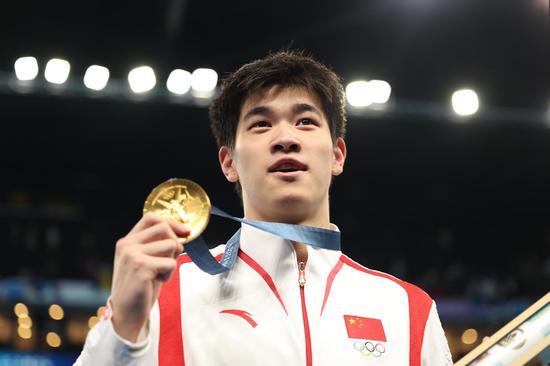


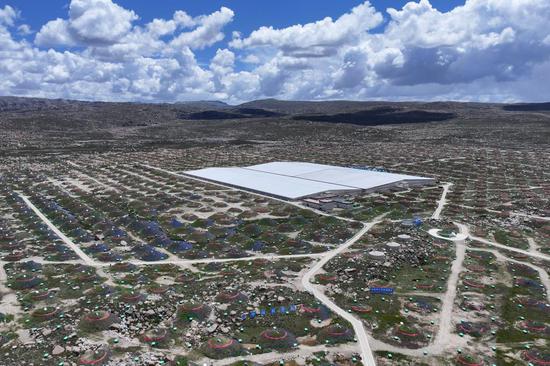
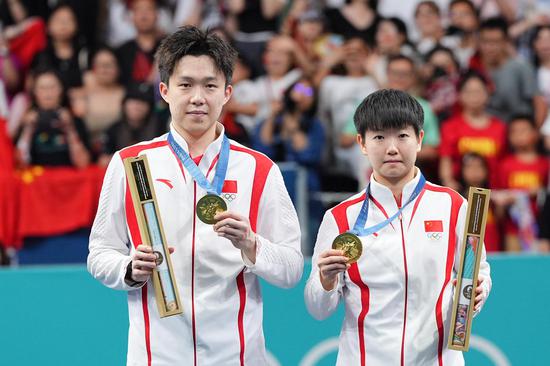








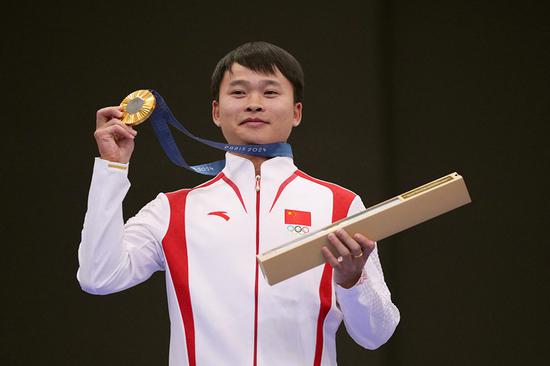
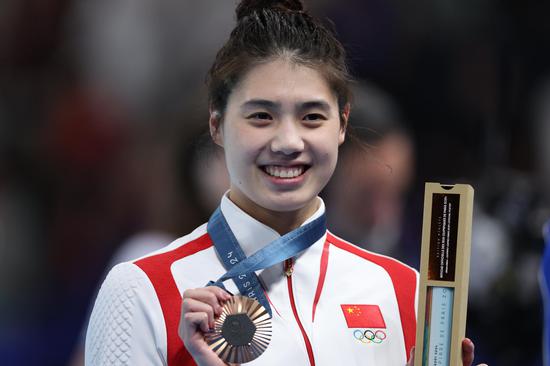

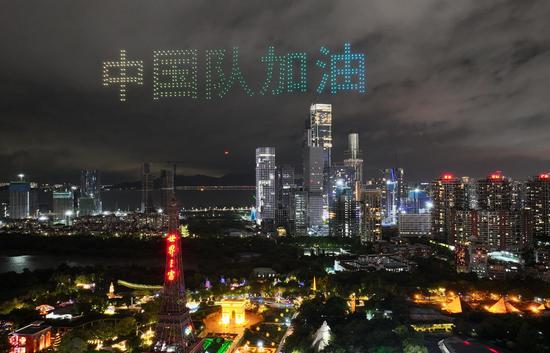



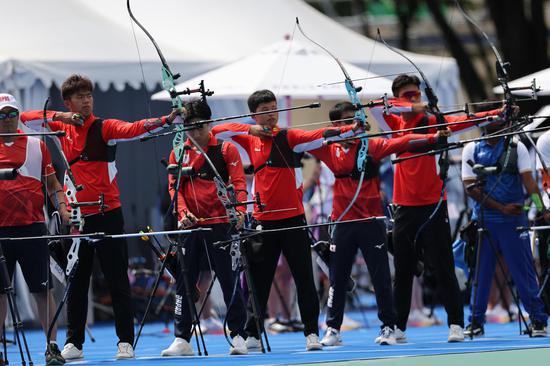
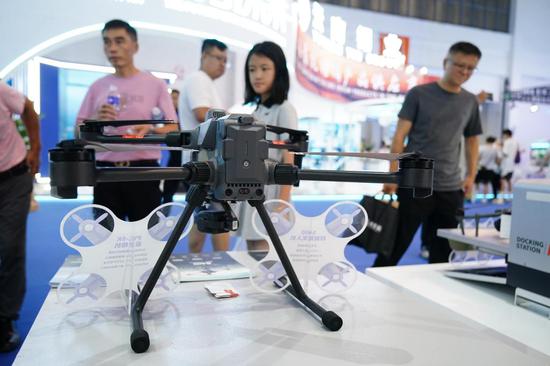






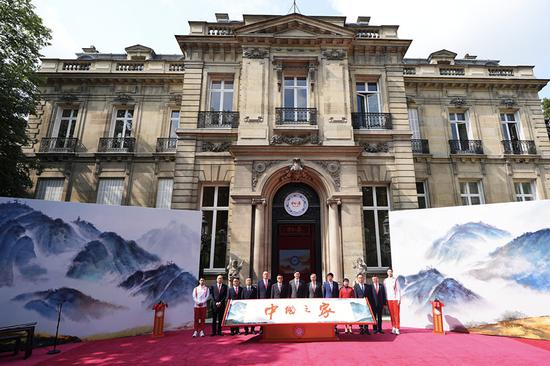
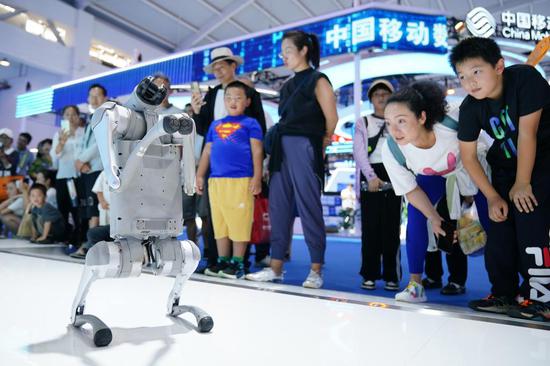


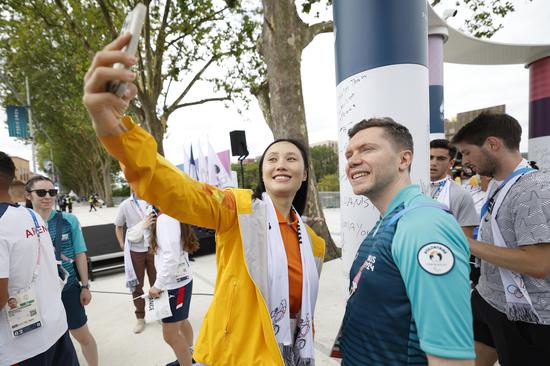






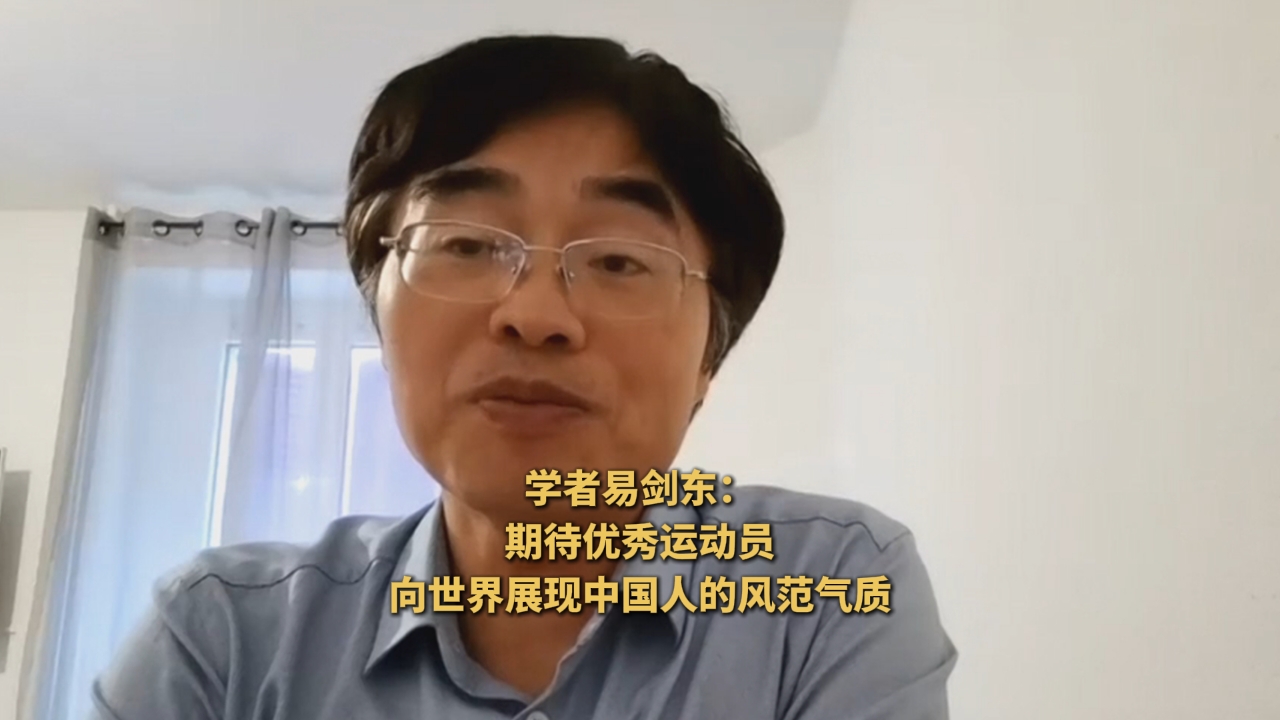

 京公网安备 11010202009201号
京公网安备 11010202009201号